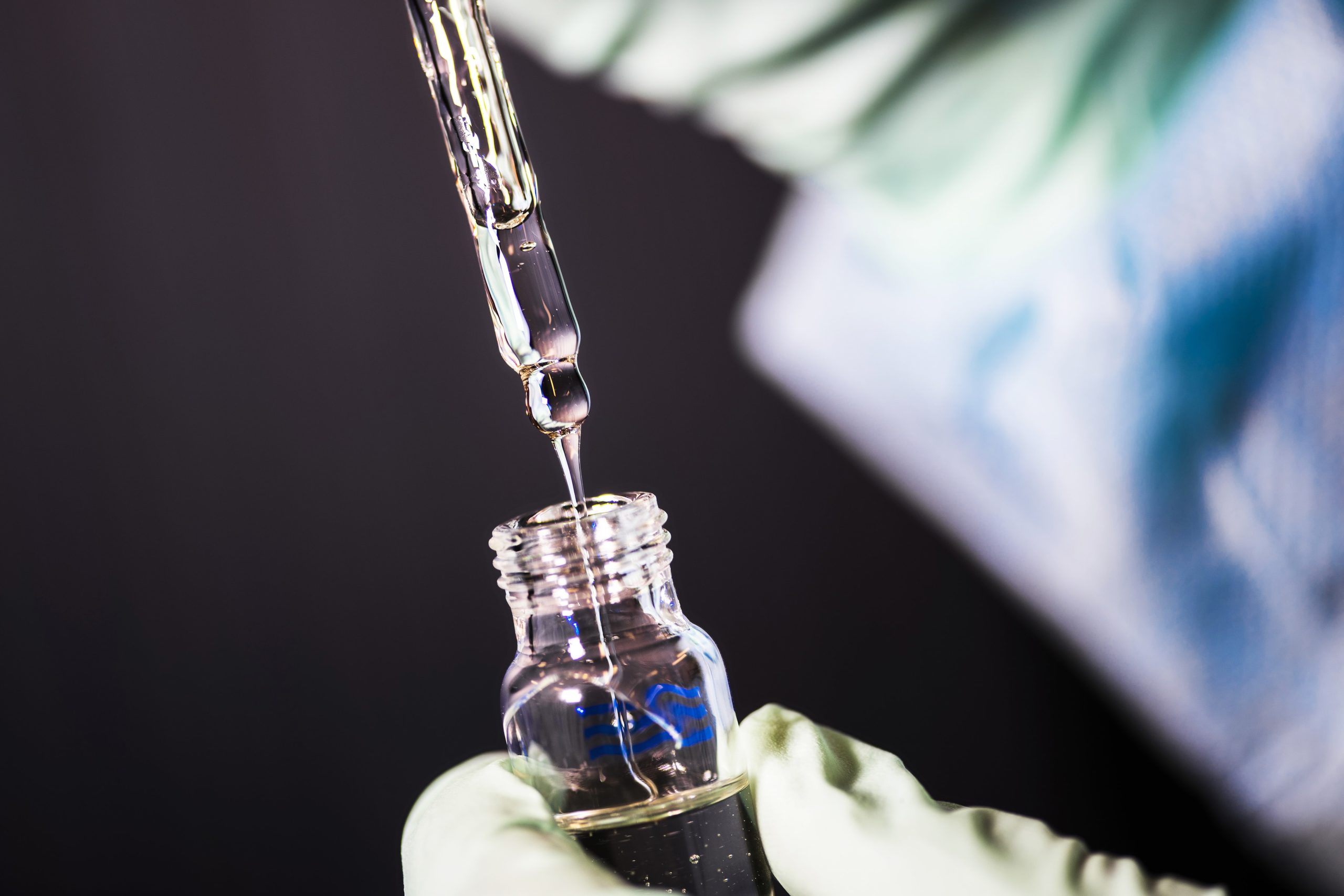
When serum acid (sUA) levels continually remain above the solubility limit of 6.8 mg/dL, monosodium urate crystals (MSU) accumulate. The crystalline structure of MSUs activates innate defense mechanisms in and can trigger robust inflammation, immune activation, and gout flares. Gout is estimated to affect 9.2 million people in the US. The chronic inflammation stemming from gout negatively affects soft tissues and organs and manifests in disorders such as hypertension, cardiovascular (CV) disease, diabetes, chronic kidney disease (CKD), and death. Urate-lowering therapies are often under-utilized, and, consequently, many gout patients’ sUA levels remain about 6.8 mg/dL. These patients with treatment-failure gout tend to have a lower quality of life and can incur serious disabilities in regards to physical functioning.
An exploratory, open label clinical trial investigated the efficacy and safety of pegloticase (PEG) in conjunction with methotrexate (MTX) in patients with uncontrolled gout. Published in The Journal of Rheumatology, the multicenter study evaluated 14 uncontrolled gout patients between 18 and 65 years of age, with the definition of uncontrolled gout being an sUA level >6 mg/dL prior to beginning the PEG-MTX treatment. Prior to trial participation, the patients were required to initiate a gout flare prophylaxis regimen; they also completed standard infusion reaction prophylaxis prior to each PEG infusion. The clinical trial spanned 52 weeks, and patients received weekly MTX, daily folic acid, and initiated pegloticase treatment (8 mg intravenous PEG every 2 weeks). Researchers measured patient sUA levels to evaluate response to PEG-MTX treatment (primarily during weeks 20, 22, and 24).
On the first day of the trial, mean sUA was 9.2 mg/dL, and 12 patients had visible tophi (stone-like deposits of MSU in soft tissues, synovial tissues, or in bones near the joints). After 6 months of treatment, 11 of the 14 patients had positive responses to the combination PEG and MTX treatment, and the mean sUA decreased by 9.0 mg/dL. In this clinical trial, researchers also evaluated adverse events. No patients experienced major adverse CV events and one patient incurred bacterial sepsis secondary to cholecystitis. Thirteen patients maintained or had significant improvements in their CKD condition.
“In the current study, the markedly increased pegloticase response rate observed with immunomodulation agrees and substantiates those found in previously reported case series from community-based practices,” the authors of the clinical trial concluded.

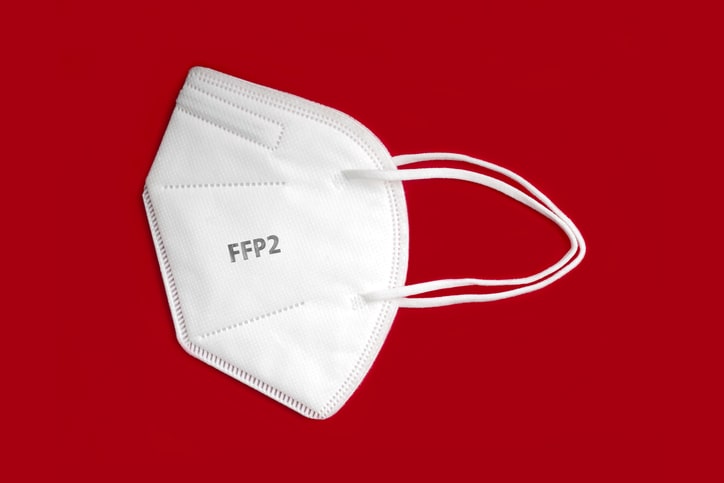
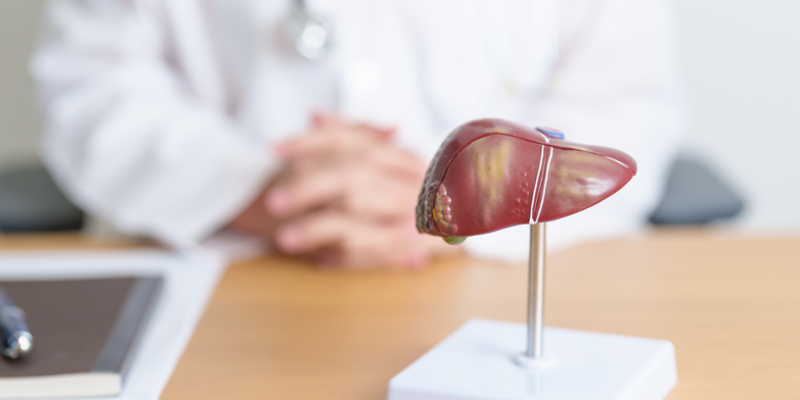
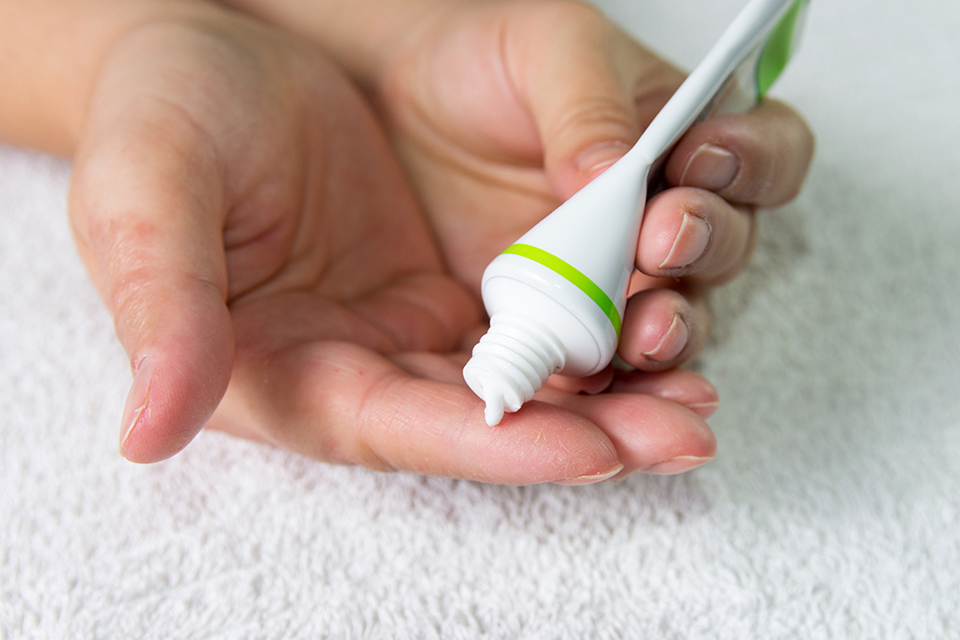
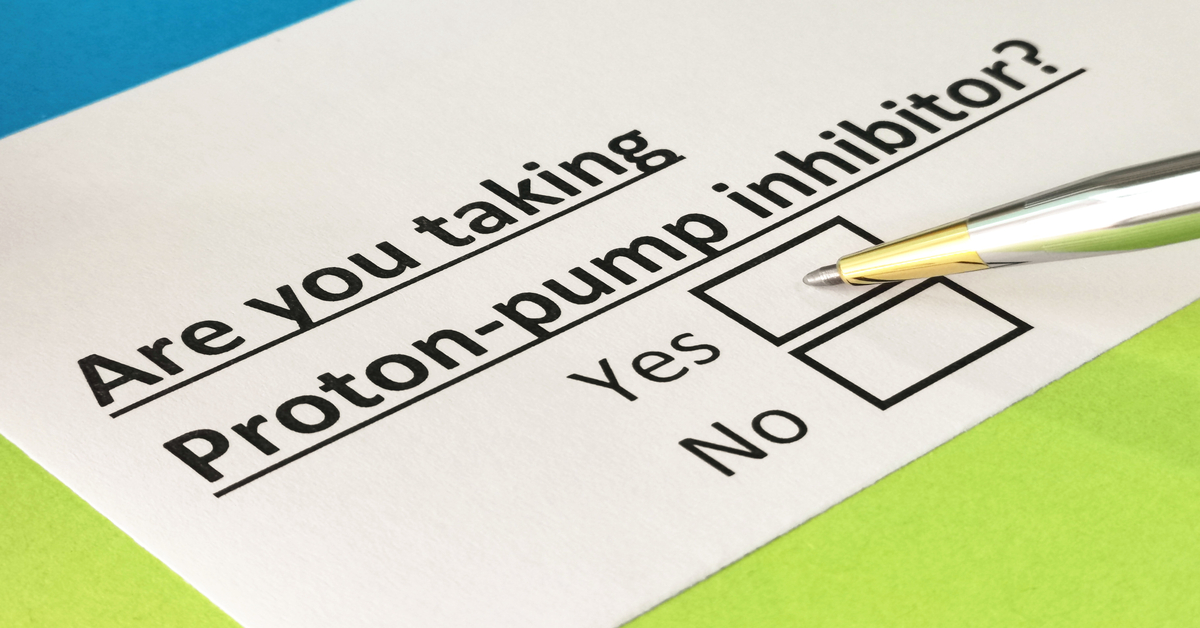


 © 2025 Mashup Media, LLC, a Formedics Property. All Rights Reserved.
© 2025 Mashup Media, LLC, a Formedics Property. All Rights Reserved.